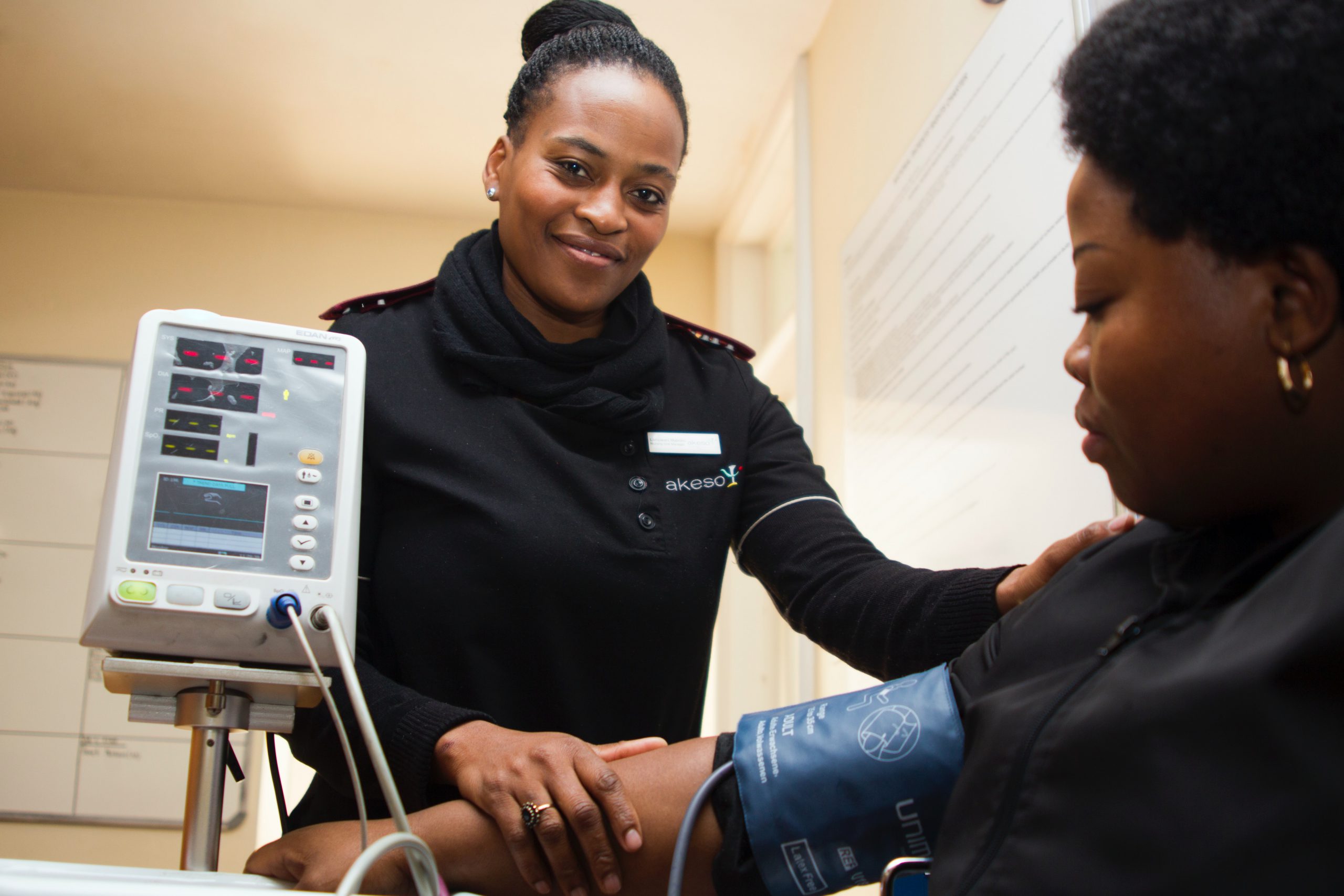Adults aged 18-40 are in their prime working years, the time where they can expend the most energy for the longest number of hours. This age bracket, though, is not spared from the impact of elevated blood pressure. More than 100 million U.S. adults have hypertension, which is about 45 percent of the country’s working-age population.
People who appear to be healthy can be at risk for the effects of high blood pressure. According to a 2018 report by the American Heart Association, nearly 79,000 deaths in 2015 were due to high blood pressure. In the entire world, about a third of the adult population suffers from elevated blood pressure, and it is among the most common causes of death related to cardiovascular disease.
Normal readings are no guarantee of health
In a 2015 study on 2,500 individuals in their 20s and 30s, researchers from the Johns Hopkins University found that a significant number of subjects who had ‘high normal’ blood pressure eventually developed heart functions similar to those of people suffering from hypertension.
In standard echograms, these individuals’ cardiovascular systems apparently showed normal pumping capacity. The difference was in how they handled pressure during contraction and relaxation. Research showed that persons with the highest diastolic pressure were more likely to show abnormal relaxation. This is an early sign of treatment-resistant forms of heart failure, the kind in which heart muscles contract but are unable to relax.
Meanwhile, persons with persistent elevated systolic blood pressure are likely to develop abnormal contraction. This leads to a different type of heart failure, one in which the organ is unable to pump out blood efficiently.
Pressure reading variability: a health risk?
In a different study, this time by the Journal of the American Medical Association, the variability of blood pressure readings of young adults show a strong association with development of cardiovascular disease in middle age.
The JAMA research had 3,394 participants and spanned 30 years. At the initial exam, they measured the individuals’ blood pressure three times in one-minute intervals, which was repeated in intervals afterwards. The retests were done at the two-, five-, seven- and ten-year mark. They also had follow-up examinations every five years since then.
Research shows that variability in figures before age 40 showed a likelihood of developing cardiovascular disease. During the follow-ups, they recorded events like stent procedures for peripheral artery disease, transient ischemic attacks, stroke, and others. Of the cohort, there had also been 181 deaths.
Implications for medical practice
Further examination of the data showed that blood pressure spikes in young adulthood were associated with a 15 percent increase in the risk of developing cardiovascular disease. Visit-to-visit systolic blood pressure variability should be monitored by healthcare specialists, as individual blood pressure readings do not provide much insight into an individual’s cardiovascular performance over time. More research is needed, though, especially in subjects of Asian and Middle Eastern ethnicity. The study by JAMA focused on Caucasian and African American respondents, and more than half of these were women.
Conclusion
There is reason to believe that irregularities in readings of systolic and diastolic pressure points to heart disease in later years, even among people who fall within the normal range. More research in this area is needed, and with a more diverse pool of subjects.
For more insights and news in the medical industry, visit Dose of Healthcare today.


















